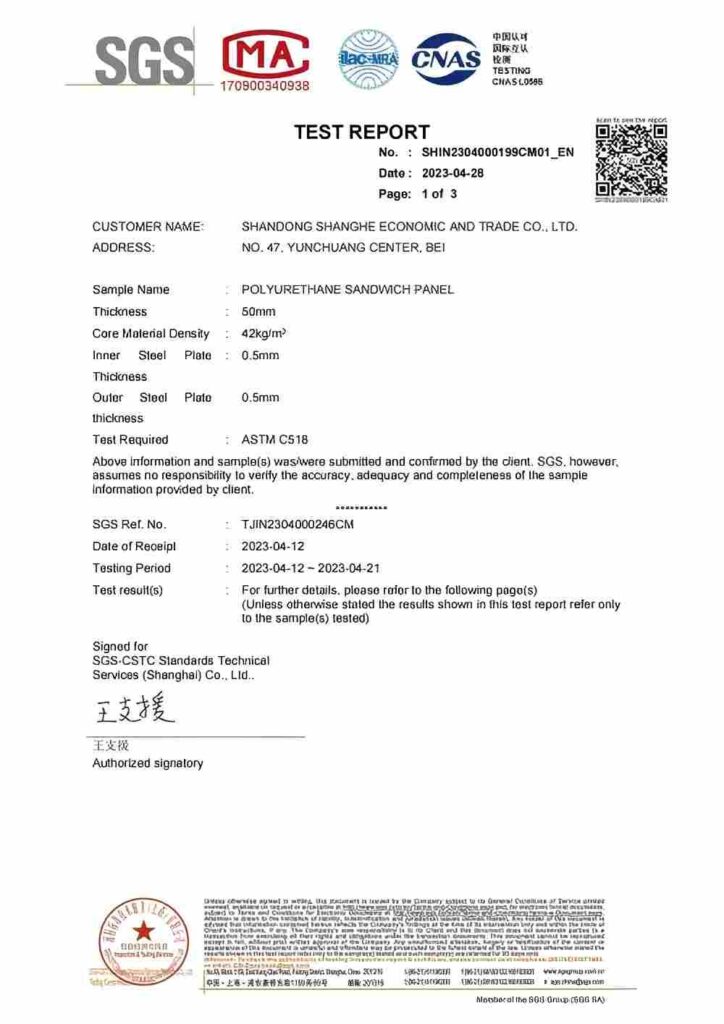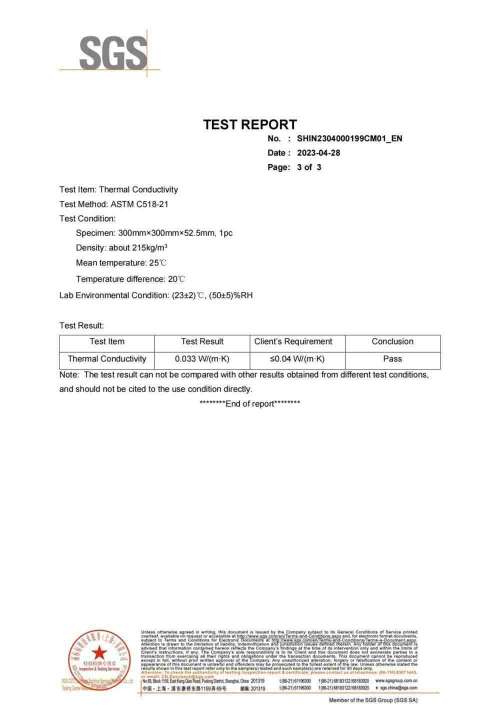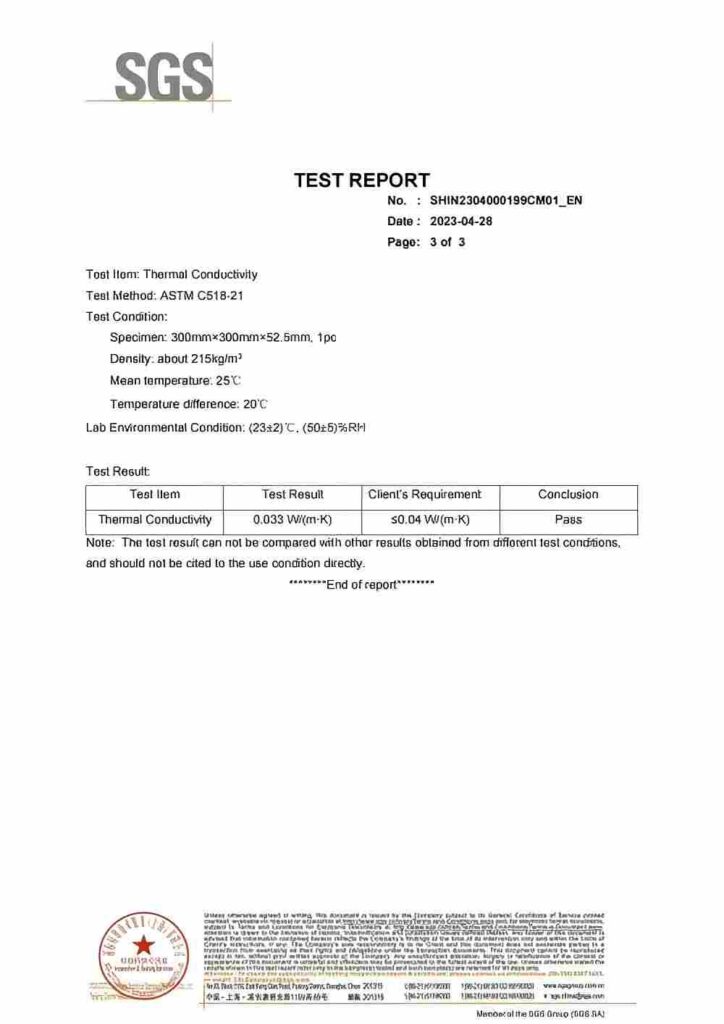Living in a tiny house with shipping container saves you money right from the start. Traditional houses cost a fortune to move, but this compact container design keeps transportation costs low. It’s light, stackable, and easy to ship, making it perfect for anyone tired of paying extra just to get their home delivered.
One big worry when moving homes is damage during transport. Our tiny houses made from containers is built with a reinforced steel frame and secure paneling, so it holds up even on long journeys. That means no dents, cracks, or costly repairs when it finally arrives at your site.
Maintenance costs can add up fast, but this setup is different. The durable build and weather-resistant finish mean you won’t have to spend thousands fixing leaks, siding, or insulation. With a tiny houses made from storage containers, you get peace of mind knowing your home is strong, affordable, and ready to last for years.
| Model | Size | Main Applications |
|---|---|---|
| YC-20FT-FC | Standard ISO 20ft (6058 × 2438 × 2591mm) | Temporary housing, construction site dormitories, emergency shelters, portable offices, commercial pop-up stores |
Tell us your specifications, usage scenario, and quantity needs.
We provide CAD drawings and finalize all production details within 48 hours.
We manage secure loading and dispatch with full documentation for global delivery.




| Parameter | Specification |
|---|---|
| Dimensions | 6058mm × 2438mm × 2591mm |
| Weight | 1.2–1.5 tons (depending on configuration) |
| Material | Galvanized steel frame + fireproof sandwich panels |
| Color Options | White / Gray / Custom colors |
| Features | Foldable transport, waterproof, fire-resistant, insulated, extendable |
| Lifespan | 15+ years |
A shipping container tiny home starts with one of the most durable and adaptable building blocks available — the steel shipping container. Originally designed to withstand extreme conditions at sea, these containers are strong, weather-resistant, and long-lasting. Each unit is made from Corten steel, known for its corrosion resistance and structural stability, making it ideal for both permanent and portable container homes.
Shipping containers are built to carry heavy loads and endure harsh handling, which gives them impressive structural integrity. However, turning them into a comfortable custom shipping container house requires thoughtful modifications:
These modifications are handled by professional container home construction teams to keep the unit safe, compliant, and long-lasting.
Since steel conducts heat and cold, proper insulation is key for year-round comfort in a tiny steel home. We tailor the insulation method to your climate:
Design adaptations also consider ventilation, window placement, and sun exposure to maximize energy efficiency in both hot and cold regions.
A tiny house with a shipping container is surprisingly adaptable. Standard container sizes (20ft or 40ft) can be used as-is or combined for extra space. Open-concept layouts work well for maximizing the narrow footprint, but we can also design partitioned rooms for privacy. Popular layouts include:
We tailor container home floor plans to your exact needs, whether you want a minimal retreat for the woods or a compact home for city living.
With smaller square footage, every inch counts. We use built-in storage and multifunctional furniture to keep spaces clutter-free:
Every piece of furniture can serve more than one purpose. Options include:
Whether you’re in the heart of the city, out in the countryside, or completely off-grid, your custom shipping container house can be adapted to match:
By combining smart design, adaptable layouts, and built-in functionality, we make sure every portable container home delivers maximum comfort without wasting space.
A tiny house made from a shipping container gives unused containers a second life, keeping them out of scrapyards and reducing industrial waste. In the U.S., thousands of shipping containers sit unused due to international trade imbalances. Repurposing them into eco friendly container homes helps cut down on steel production demand, which saves significant energy and reduces carbon emissions.
Modern shipping container tiny homes are built with insulation, ventilation, and energy-efficient systems that help lower long-term utility costs.
Common green upgrades include:
When paired with renewable energy sources, these homes can operate with net-zero energy consumption, making them appealing for both urban and rural living.
Building or buying a custom shipping container house can be much more cost-effective than constructing a typical tiny home or renting an apartment long-term.
| Housing Type | Average Initial Cost | Maintenance Cost | Lifespan |
|---|---|---|---|
| Prefab container home | $25,000 – $75,000 | Low | 25+ years |
| Traditional tiny house | $50,000 – $100,000 | Medium | 20 – 25 years |
| Apartment rental (10 years) | $120,000+ (monthly rent) | N/A | N/A |
Key takeaway: A modular container living setup can cut housing expenses by up to 50% compared to traditional builds or long-term renting, while also giving you a fixed asset instead of paying monthly rent.
A tiny house with a shipping container is designed to be highly portable compared to traditional structures. Containers are engineered for cargo transport, so moving them is straightforward using standard flatbed trucks, cranes, or forklifts. For U.S. customers, the typical options include:
The mobility factor means you can relocate your home as your lifestyle changes—ideal for seasonal living, work relocation, or transitioning from urban to rural settings.
Before installation, site readiness is key for stability and durability. Most tiny shipping container homes require minimal groundwork, which reduces costs and speeds up setup. Common U.S. installation options include:
With most models, including 20ft container homes, installation can be completed within hours if the site is prepared.
Local building codes and zoning laws vary widely across the U.S. While many rural areas have fewer restrictions, urban and suburban zones often require permits for residential structures, regardless of size. Key considerations before ordering:
Working with your city or county planning department early prevents delays. Some states are already container-friendly, making the approval process much smoother.
A portable container home can be on your site and livable in days, provided your delivery method, foundation, and permits are in order. This flexibility is one of the main reasons many U.S. buyers are switching to modular container living.
When you go with a shipping container tiny home, you’re not stuck with a one-size-fits-all setup. These homes are easy to customize so you can shape them around your lifestyle, whether you’re in the city, out in the country, or completely off-grid.
You get control over the inside look and feel. Common options include:
These finishes help you match your home to your taste—modern, rustic, minimalist, you name it.
Modern container homes can be fitted with smart home tech for comfort and efficiency:
For energy independence, you can add:
This is ideal if you want to live sustainably or in areas without reliable grid power.
One of the biggest perks of container construction is expandability:
Because these are modular units, you can start with a single-container home and expand as your needs grow.
Many of our shipping container tiny home customers come to us with very different goals—some need a mobile container tiny house for seasonal living, others want a custom shipping container house for year-round use, and some choose modular container living setups to scale up over time.
We’ve designed and built projects ranging from compact 160 sq. ft. weekend units to multi-container, 640 sq. ft., fully insulated homes with decks and solar systems.
These stories show how a compact container house can be more than just a place to live—it can be a smart investment, a sustainable lifestyle choice, and a space that feels truly personal.
We keep the ordering process for your shipping container tiny home simple, transparent, and efficient. From the first conversation to the day your new home arrives, you’ll know what’s happening at each step.
We stand behind the quality of every portable container home we produce. You’re covered from the day you order to years after you move in.
Our Guarantee Includes:
Our team is here even after your project is finished. We offer:
With our modular container living options, upgrades and expansions are always available if your needs grow later.
Yes. Container homes are built from heavy-duty steel originally designed to handle rough sea conditions. With proper sealing, weather stripping, and professional finishing, they can withstand rain, wind, snow, and extreme temperatures. For colder climates, we apply spray foam or panel insulation along with double-glazed windows to prevent heat loss. For hot areas, we use reflective roof coatings and ventilation systems to keep interiors cool.
A shipping container tiny house can last 30+ years with proper care. The corten steel shell resists rust and pests better than wood-framed structures. We treat all cut edges and welds with rust-proof coatings and use marine-grade paints for added protection. Keeping the exterior clean and repainting every 8–10 years maintains its strength and look.
In most U.S. states, you’ll need local permits for residential use. This can include building permits, zoning approval, and sometimes inspection for utility hookups. Rules vary by county and city—urban areas tend to have stricter regulations, while rural or off-grid spots can be more flexible. We help clients navigate local codes by providing engineered drawings, foundation plans, and spec sheets that most building departments require.
Yes—with the right build specs. We reinforce container roofs for heavy snow regions and anchor the structure to a suitable foundation for wind resistance in hurricane or tornado-prone zones. These upgrades often exceed standard residential building code requirements.
Not at all. Maintenance is minimal compared to traditional homes:
A properly built container home is designed for low upkeep and long service life.
Yes, but it depends on your location and intended use. Many areas allow certification through modular home standards or RV/tiny home classifications. We offer builds that meet state modular codes, which can make approval faster and smoother.
If you’re ready to move forward with creating your tiny house with shipping container design, our team at Yichen makes the process simple and straightforward. With over 20 years of experience building mobile container tiny houses, prefab container homes, and custom shipping container houses for the U.S. market, we provide expert guidance from the first call to the final delivery.
You can reach us easily through our contact page, where you can:
If you prefer a direct conversation, our U.S. sales team can arrange a phone meeting or video call at a time that works for you.
We recommend browsing our selection of modern container house designs, like the popular 20ft container house model, to spark ideas for your own project.
If you have unique requirements, we can create a fully customized container home—whether it’s for a compact city lot, an off-grid rural escape, or an accessory dwelling unit (ADU).
If you want to see the build quality in person, you can schedule a factory visit in advance. We can also arrange a virtual walkthrough for clients outside our facilities.
Tip: The earlier you reach out, the sooner we can secure your materials and lock in your timeline—especially if you have a target move-in date.
Large-scale manufacturing facility with 5,000+ annual capacity
Cutting → Welding → Anti-corrosion → Assembly → Testing → Packaging
Load-bearing, waterproof, fireproof, insulation tests
ISO 9001, CE, EN standards
Folded, flat-pack design for easy shipping
Sea freight, land freight, multimodal transport
A Folding Container House is a prefabricated modular building that can be folded flat during transportation and quickly expanded on-site. Its unique foldable design reduces shipping volume by up to 75%, making it cost-efficient for international logistics. Once unfolded, it functions as a fully equipped housing or office solution.
Installation of a Folding Container House takes only a few hours with a small team. Unlike traditional buildings that require weeks of construction, these units can be deployed immediately for worker housing, offices, or disaster relief shelters.
Yes. Each Folding Container House is built with galvanized steel frames and fire-resistant insulated panels. They are waterproof, wind-resistant, and compliant with ISO and CE international standards, ensuring durability and a lifespan of 15+ years.
A Folding Container House is ideal for temporary worker camps, mobile offices, disaster relief housing, retail pop-up shops, tourist accommodations, and more. Its versatility makes it suitable for construction companies, NGOs, wholesalers, and government projects.
Absolutely. Folding Container Houses can be tailored with custom layouts, doors, windows, insulation levels, interior finishes, and colors. This makes them flexible for both residential and commercial applications.
Thanks to its foldable structure, a Folding Container House can be flat-packed, reducing space and shipping costs. Multiple units can be loaded into a single standard container, supporting trade terms such as FOB, CIF, and DDP. This makes global delivery cost-effective and efficient.
A detailed answer to provide information about your business, build trust with potential customers, or help the visitor with a problem they may be encountering
A detailed answer to provide information about your business, build trust with potential customers, or help the visitor with a problem they may be encountering
Building 47, Yunchuang Center, Dongchangfu District, Liaocheng City, Shandong Province
+86-15910198723
wadehu@shanghesd.com
Copyright 2025, Ecoplant. All Rights Reserved.